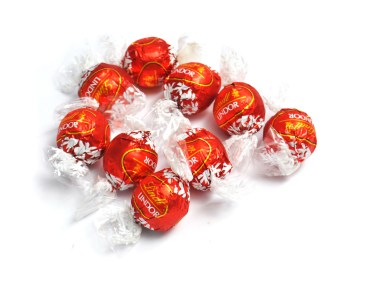It happened in New York. As I reached for a small basket of ‘heirloom tomatoes, Little Compton Farms’ I felt my lips curling slightly — was it out of pity or contempt? — on account of the poor soul next to me who had merely chosen ‘vine-ripened organic’.
It happened in New York. As I reached for a small basket of ‘heirloom tomatoes, Little Compton Farms’ I felt my lips curling slightly — was it out of pity or contempt? — on account of the poor soul next to me who had merely chosen ‘vine-ripened organic’. At the checkout counter the sun-ripened young woman ringing up my purchase favoured me with a warm, sympathetic smile. We happy few. Perhaps it is the same in Asprey or in a Bentley showroom as in a grocery store, but for whatever reason I was hooked; I had become a tomato snob.
Americans, especially New Yorkers, are prone to snobbism — far more so, in my experience, than Londoners, which is why a certain sort of Brit can make a life in New York out of a title or even just an accent. But the tomato’s origins did not seem to destine this vegetable for a fashionable life.
Originating in Latin America, the tomato migrated to Mexico, travelled with the conquistadores back to Europe, but did not become a food staple until the 18th century. It flourished both in the Iberian Peninsula and in Italy; Sephardic Jews from the Peninsula were more partial here to the tomato than Christian Brits, who did not really take to the tomato until the latter half of the 19th century. Today, the food industry uses it largely for tomato ketchup and tomato paste, but the tomato snob will have no truck with such bottles and tins.






Comments
Join the debate for just £1 a month
Be part of the conversation with other Spectator readers by getting your first three months for £3.
UNLOCK ACCESS Just £1 a monthAlready a subscriber? Log in